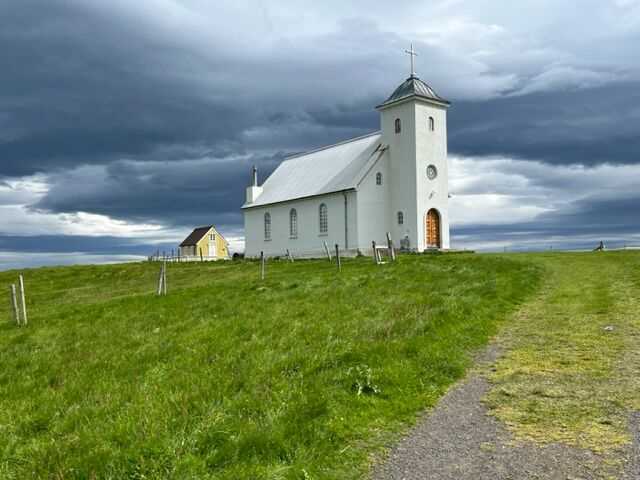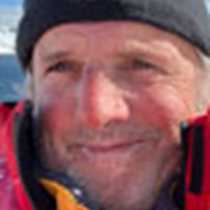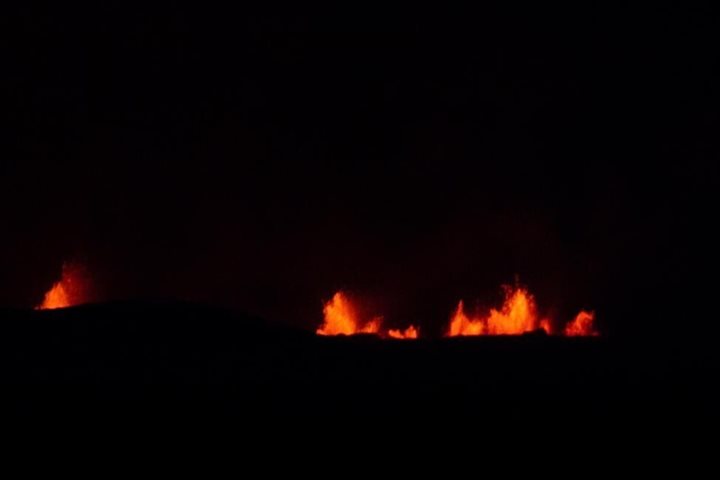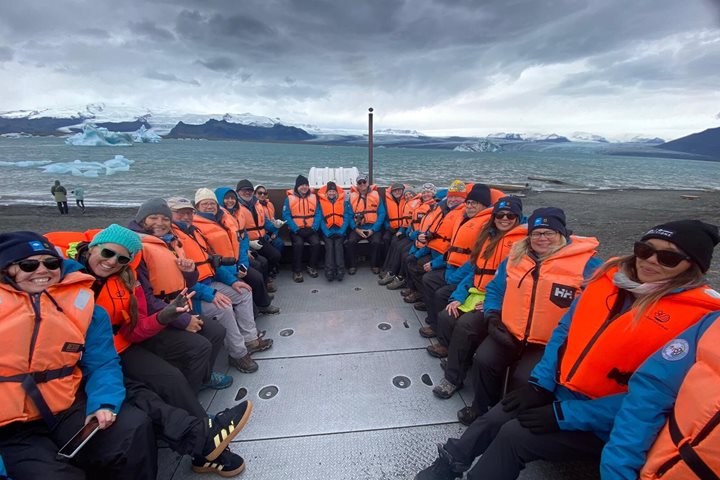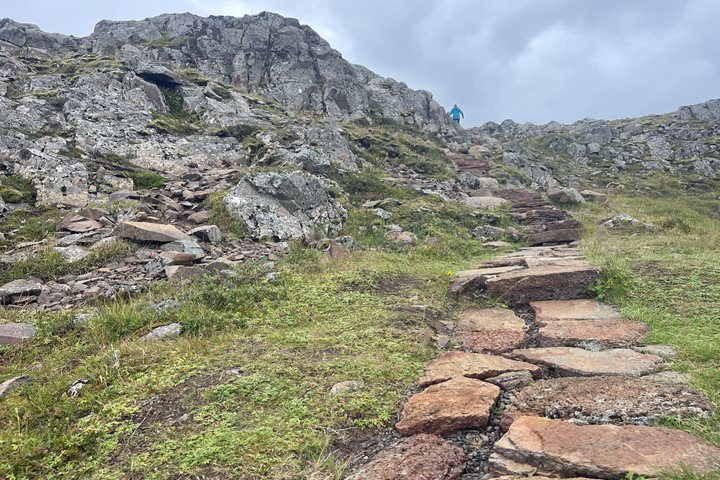National Geographic Resolution arrived at Flatey Island after navigation from Reykjavik during the night. Following a ‘blue sky’ morning, the afternoon weather became increasingly windy, but that did not prevent an enjoyable visit to the island. Before lunch, guests were treated to a special concert by the Icelandic group Ylja. Ylja played beautiful acoustic and vocal music that told stories of Icelandic history and culture. The group was formed in 2008 by Gigla Skjaldardottir and Bjartey Sveinsdottir.
Upon landing on Flatey Island in Skjalfandi Bay, we visited the church and the smallest library in Iceland. The church was originally built in 1897 and was moved in parts using a rowboat to Flatey in 1957. It has been a certified historic building since 2012. Adjacent to the church is the Flatey library, which was built in 1864 and has dimensions of 4.75 meters in length and 3.43 meters in width. It holds approximately 100 books.
The population of Flatey was largest in 1943 at 120 people. Today, the island is occupied only in summer months by families that own homes in the small settlement. Flatey is an important location for the puffin migration that occurs between May and August. The highest point on Flatey is now named “Puffinsridge.”

